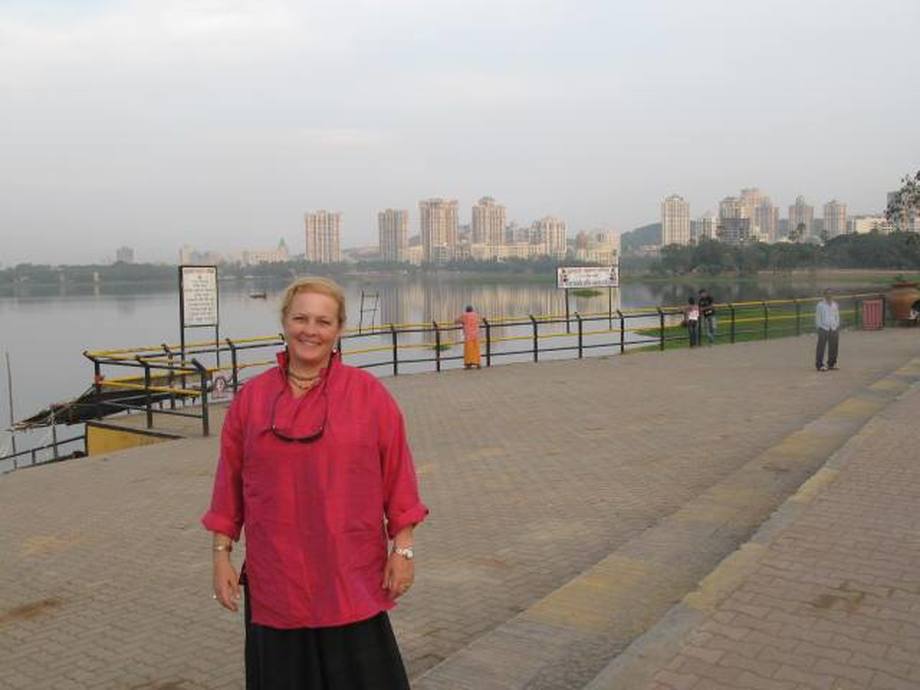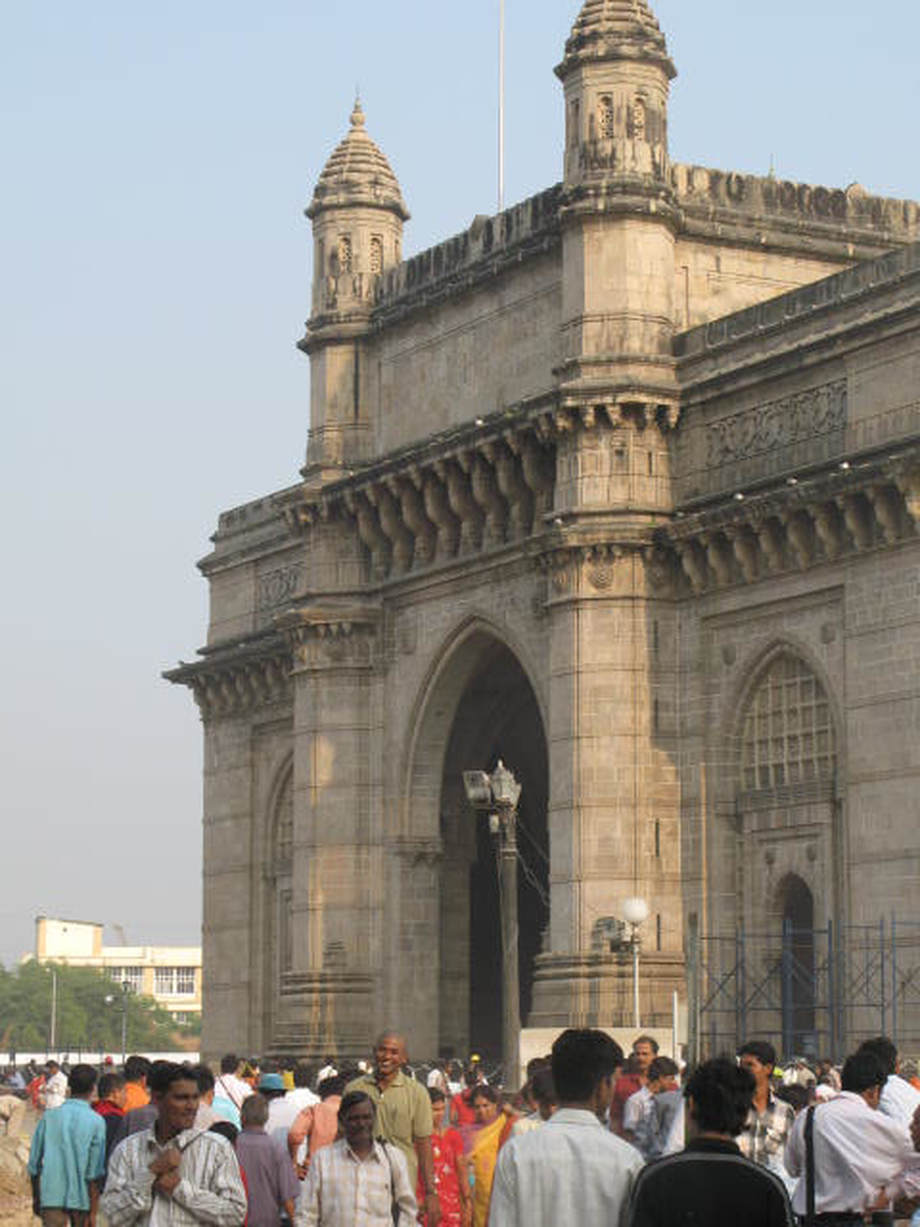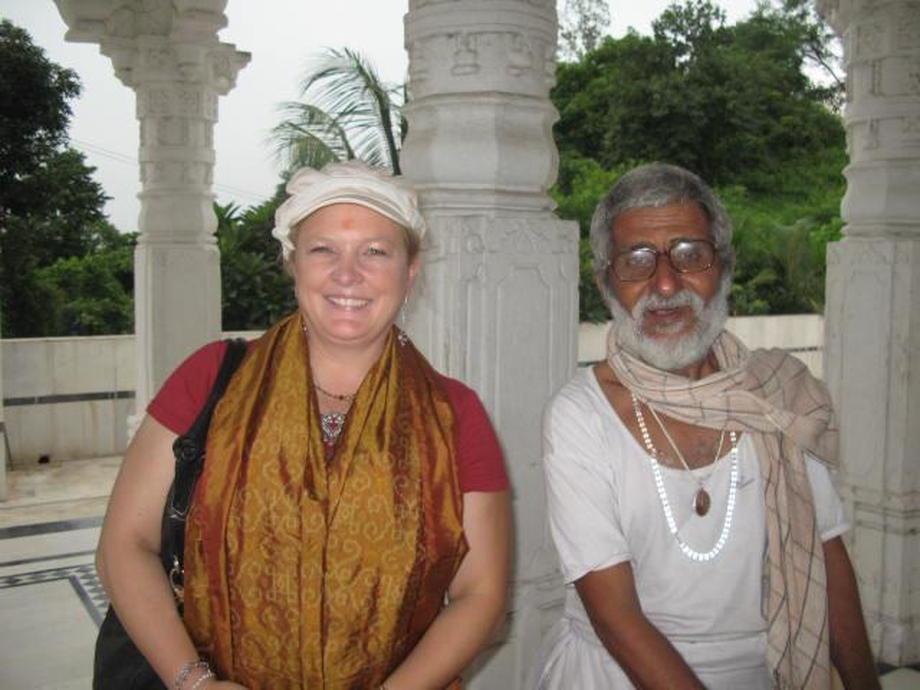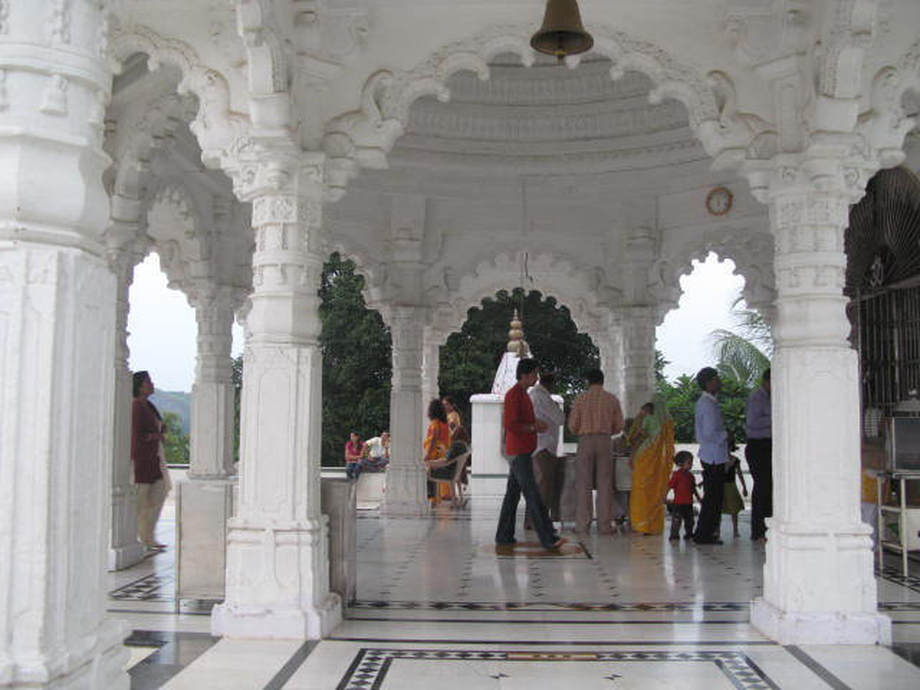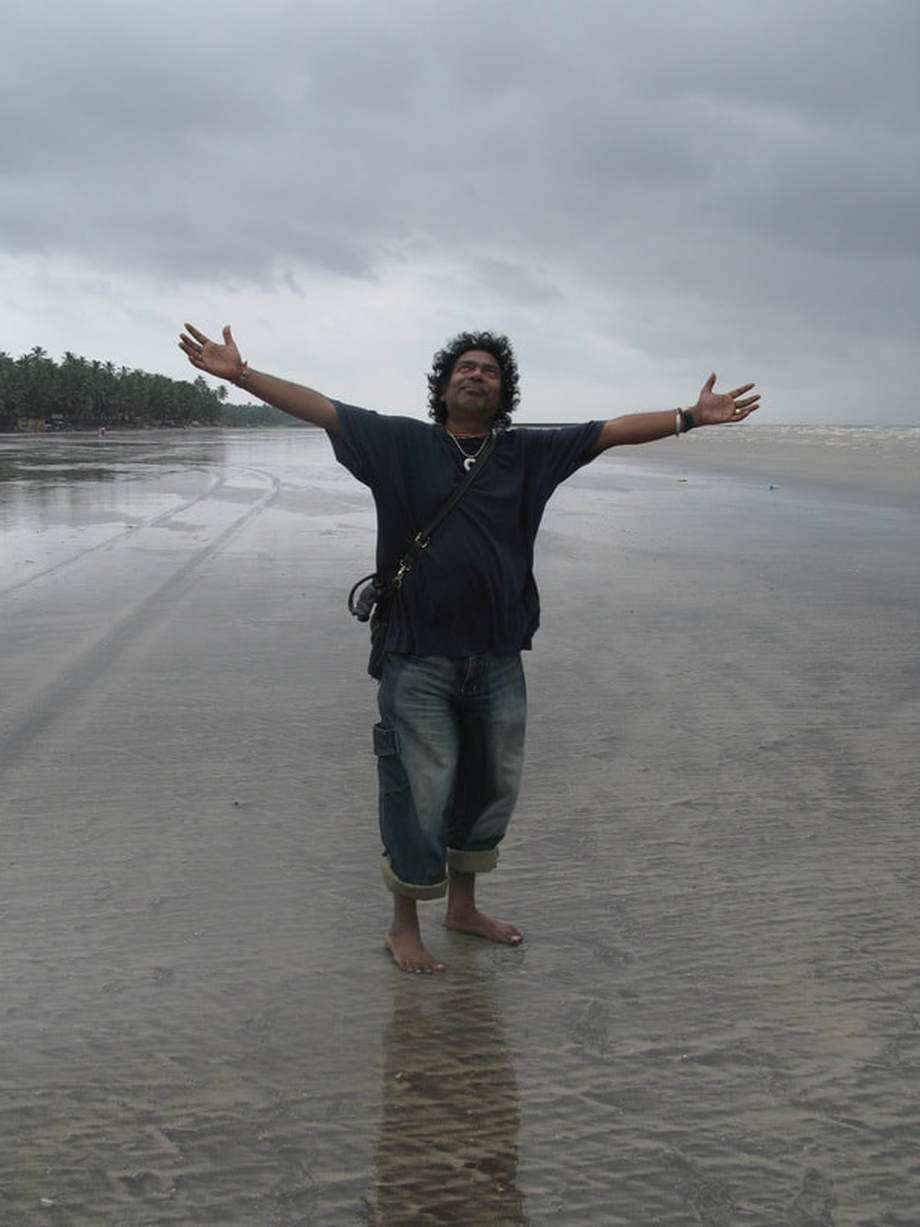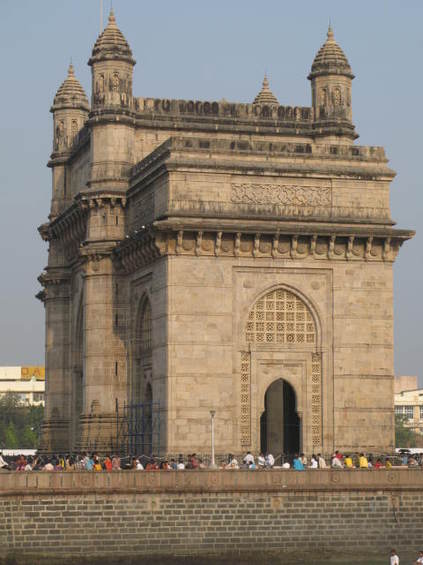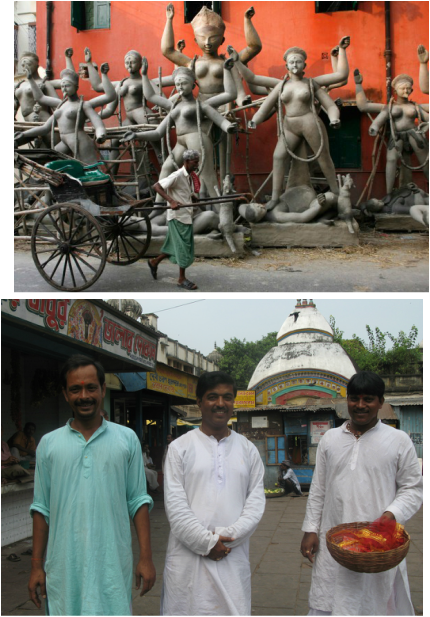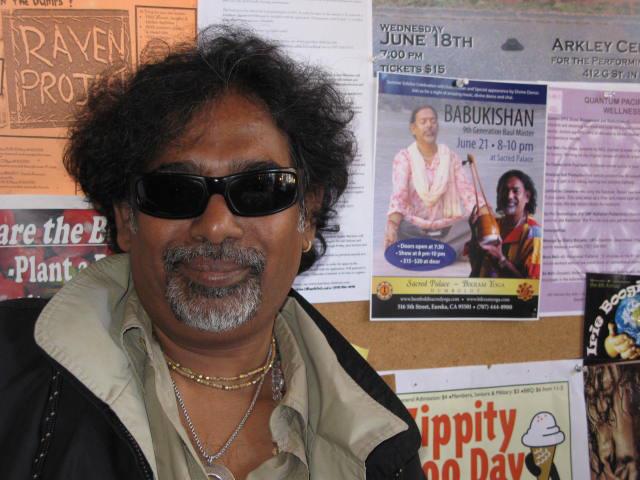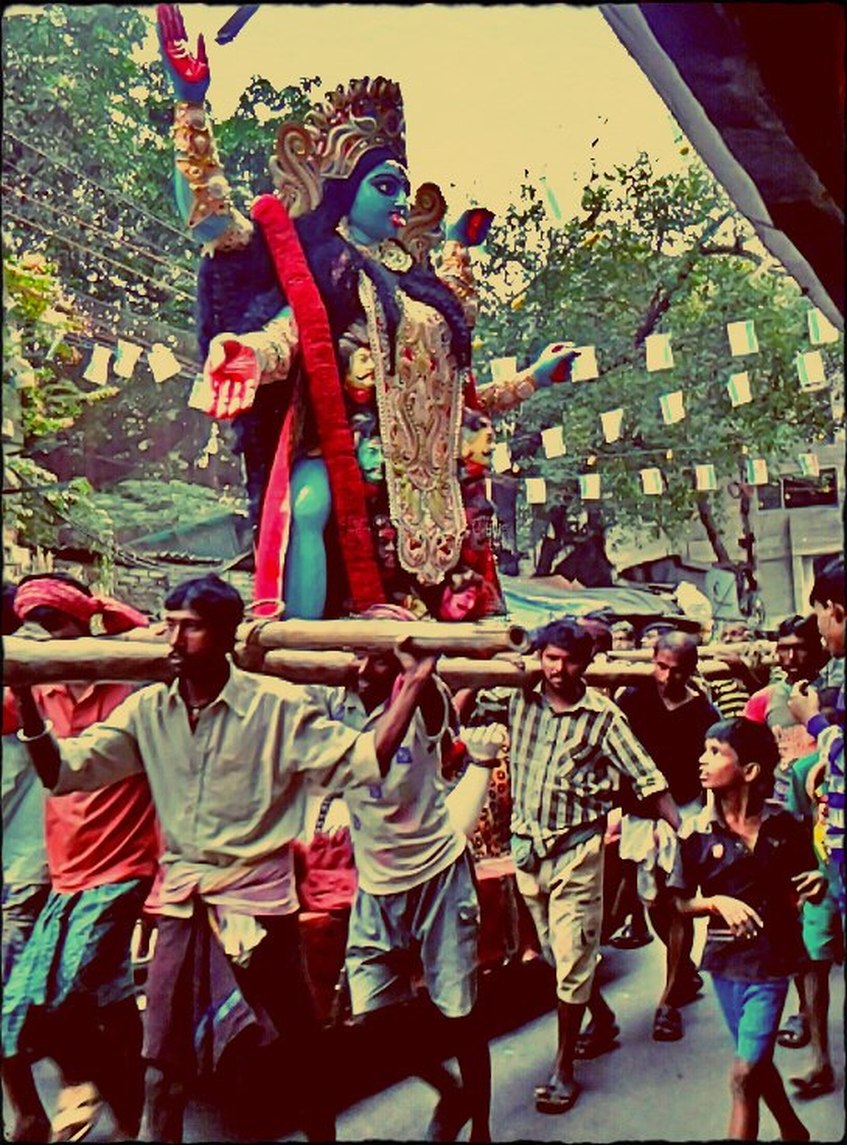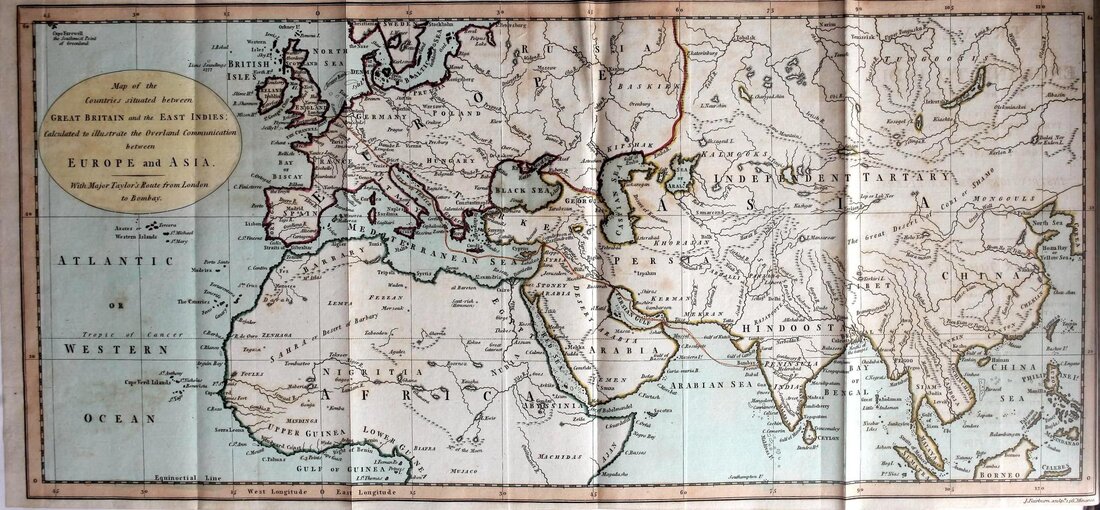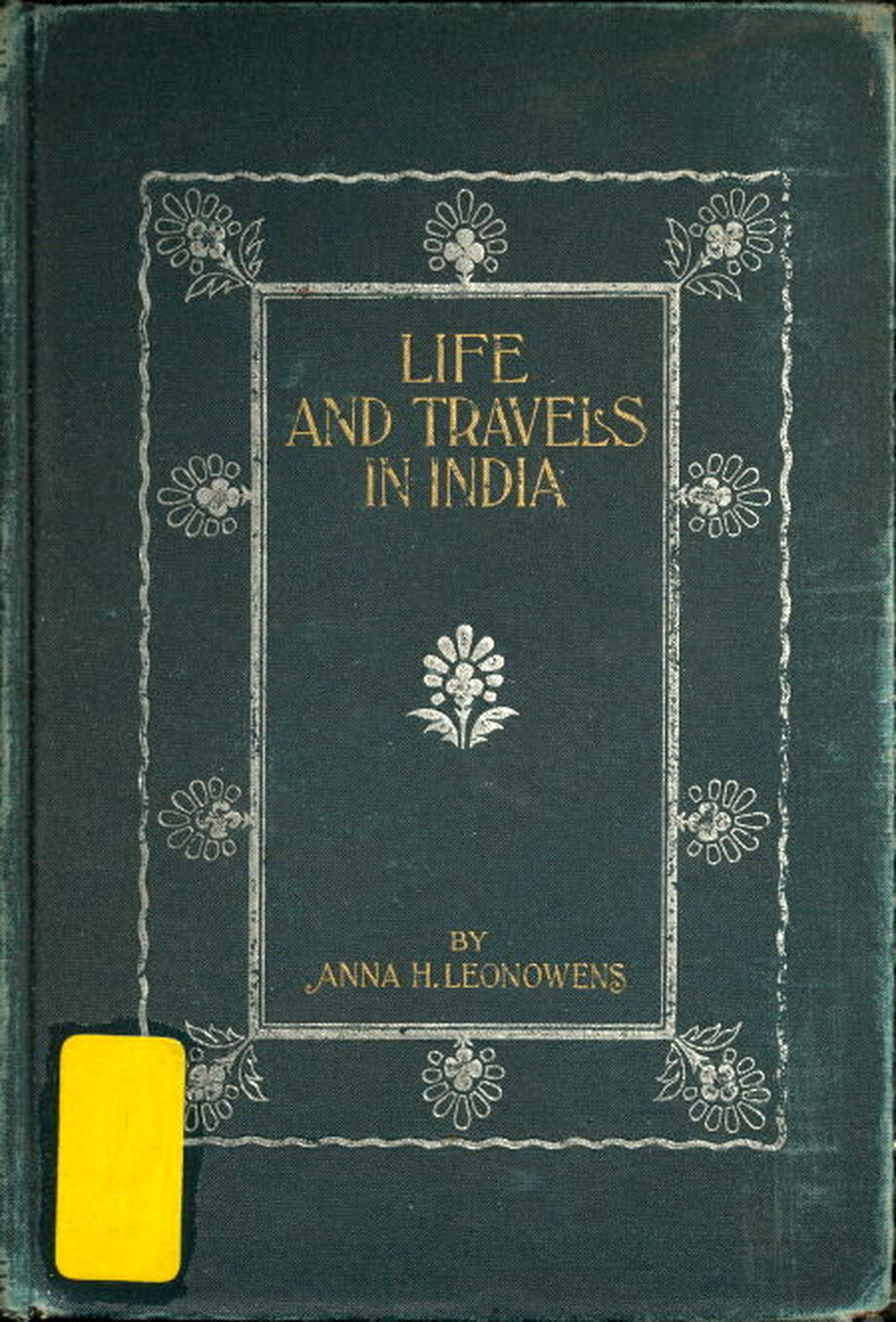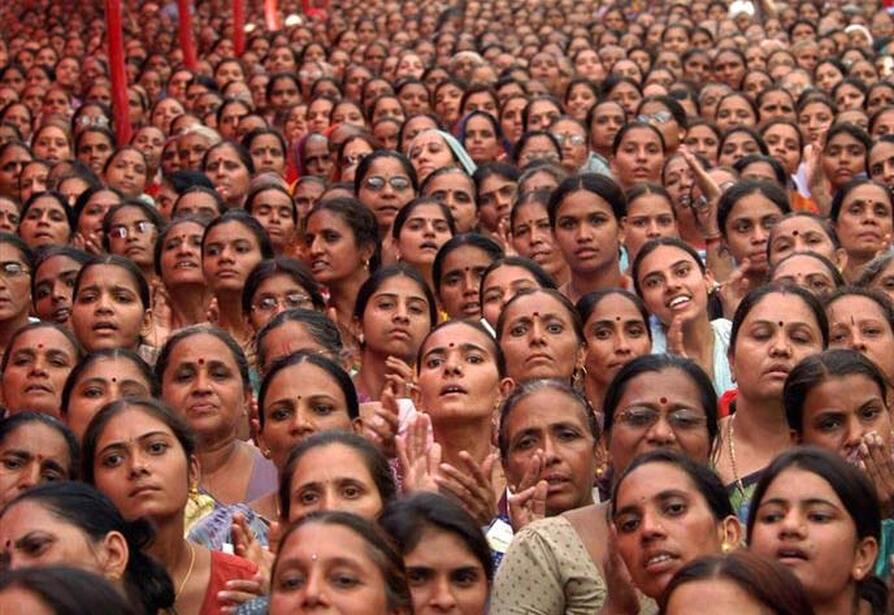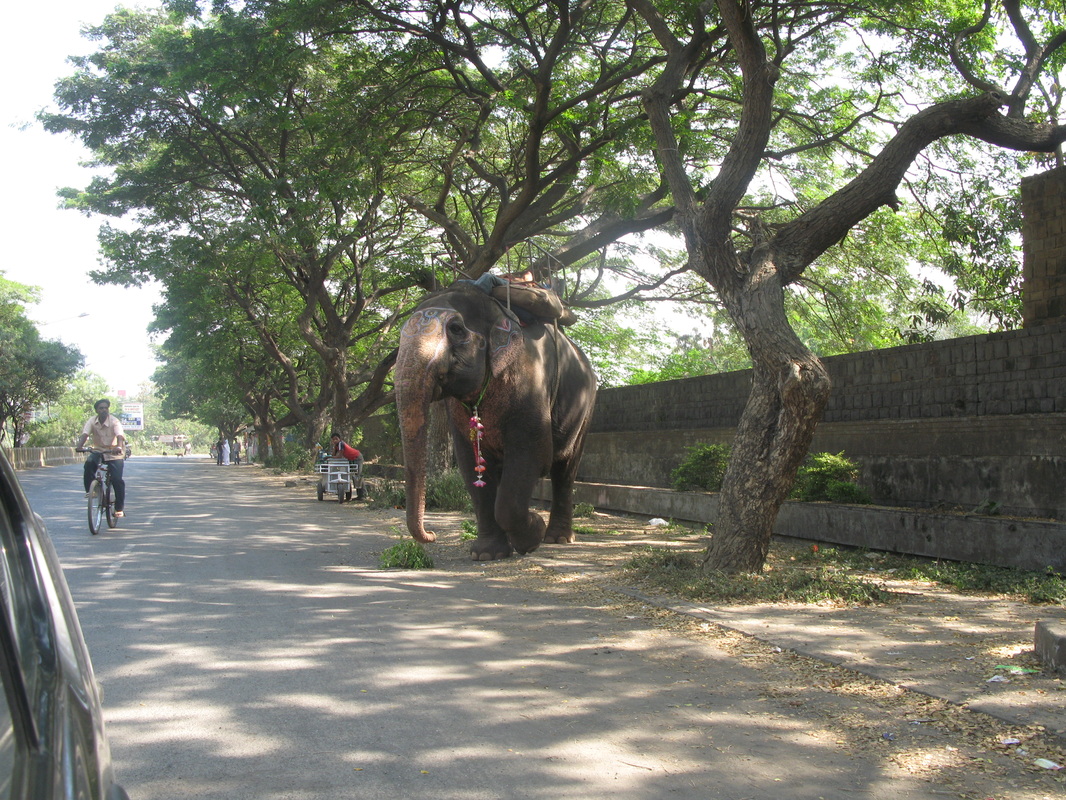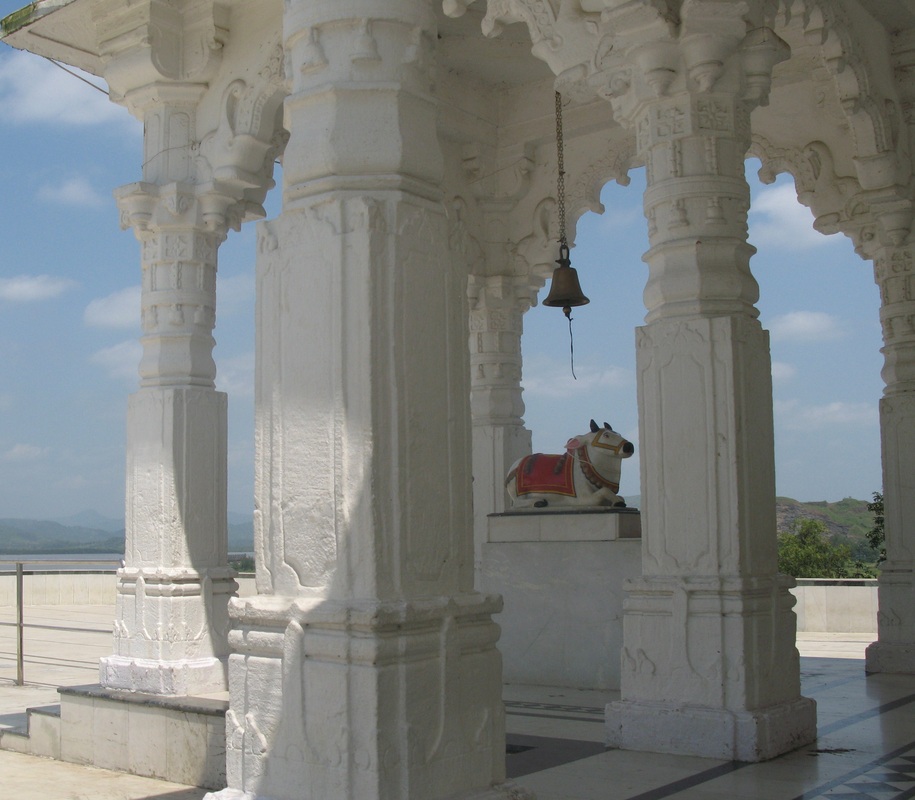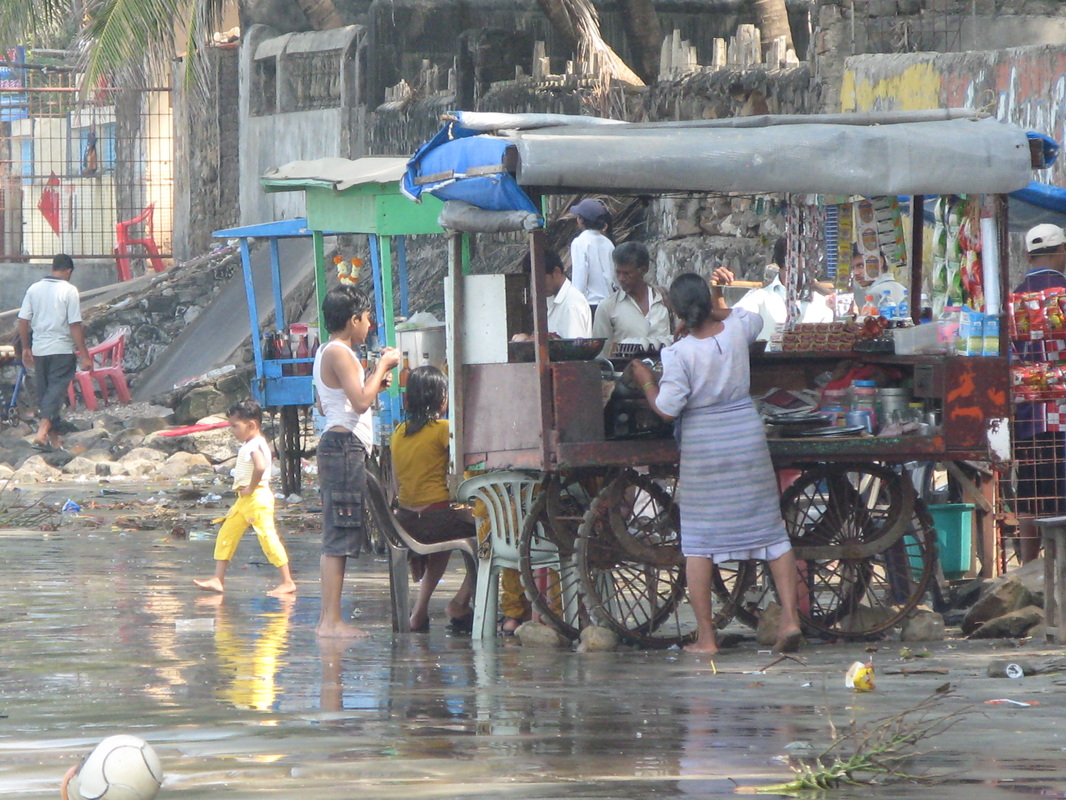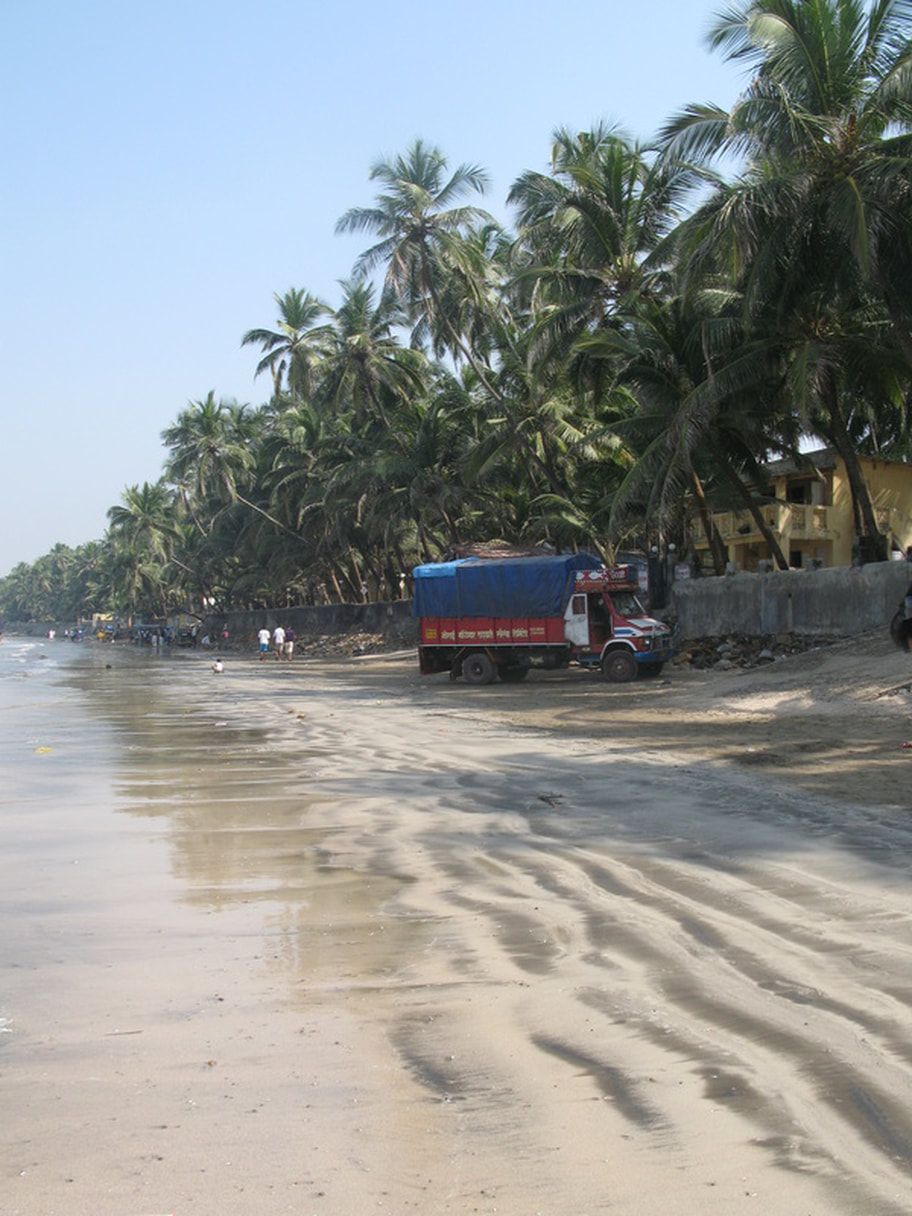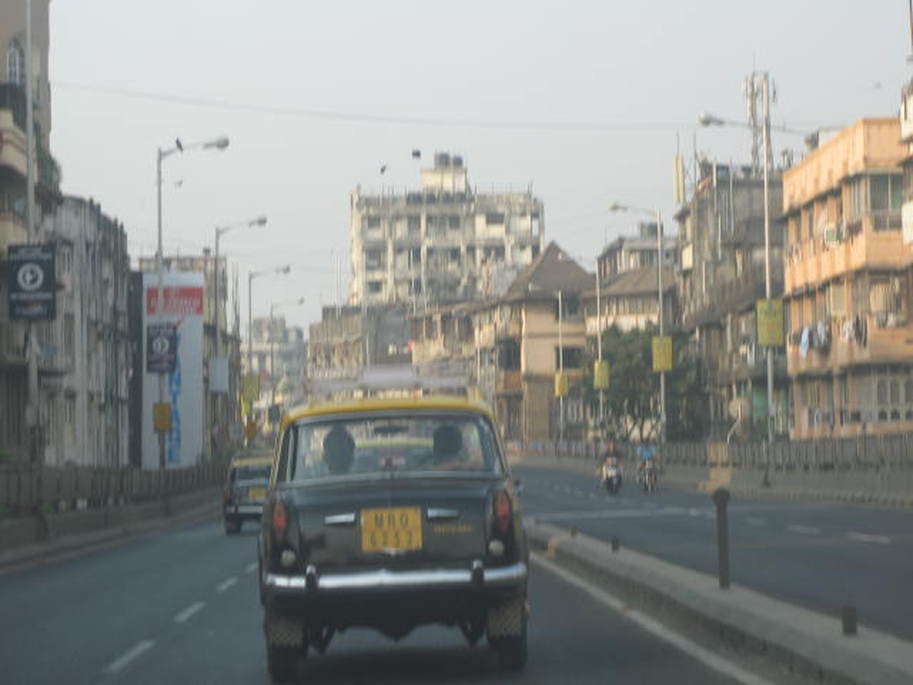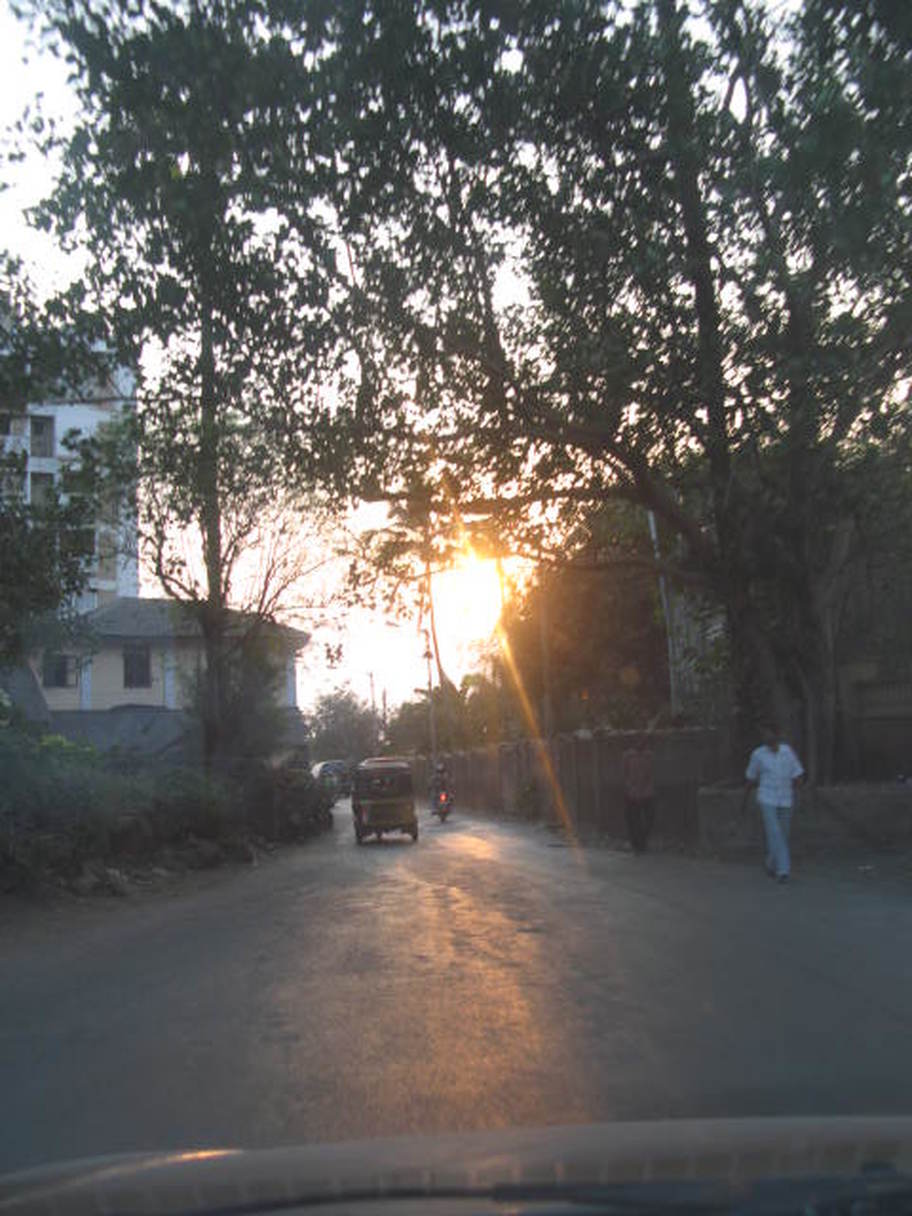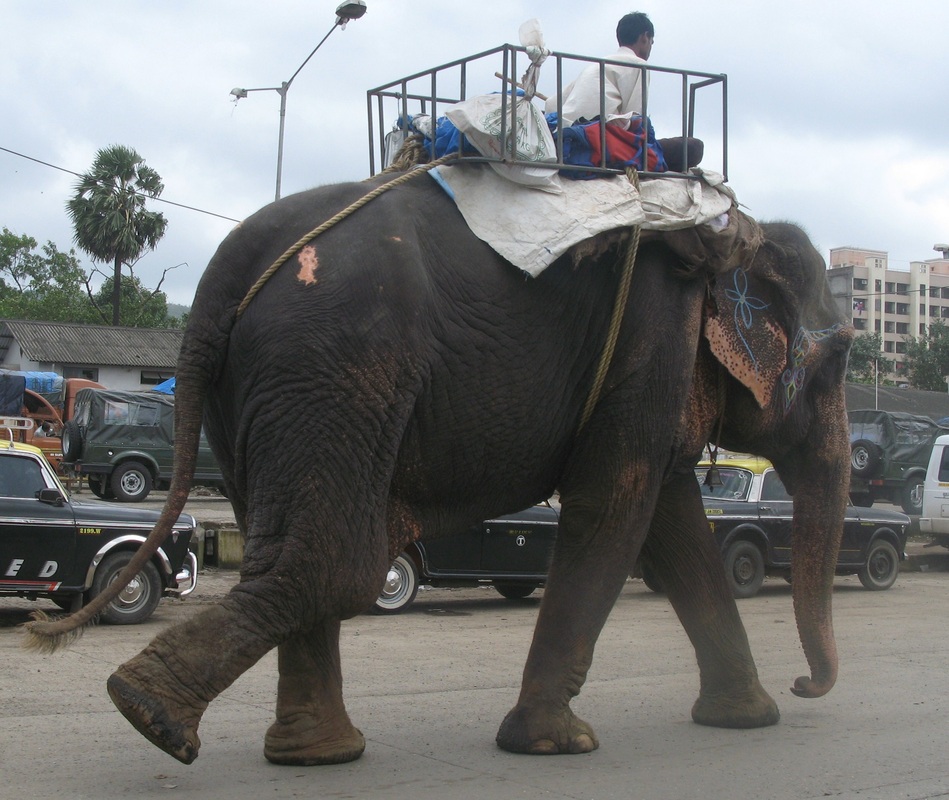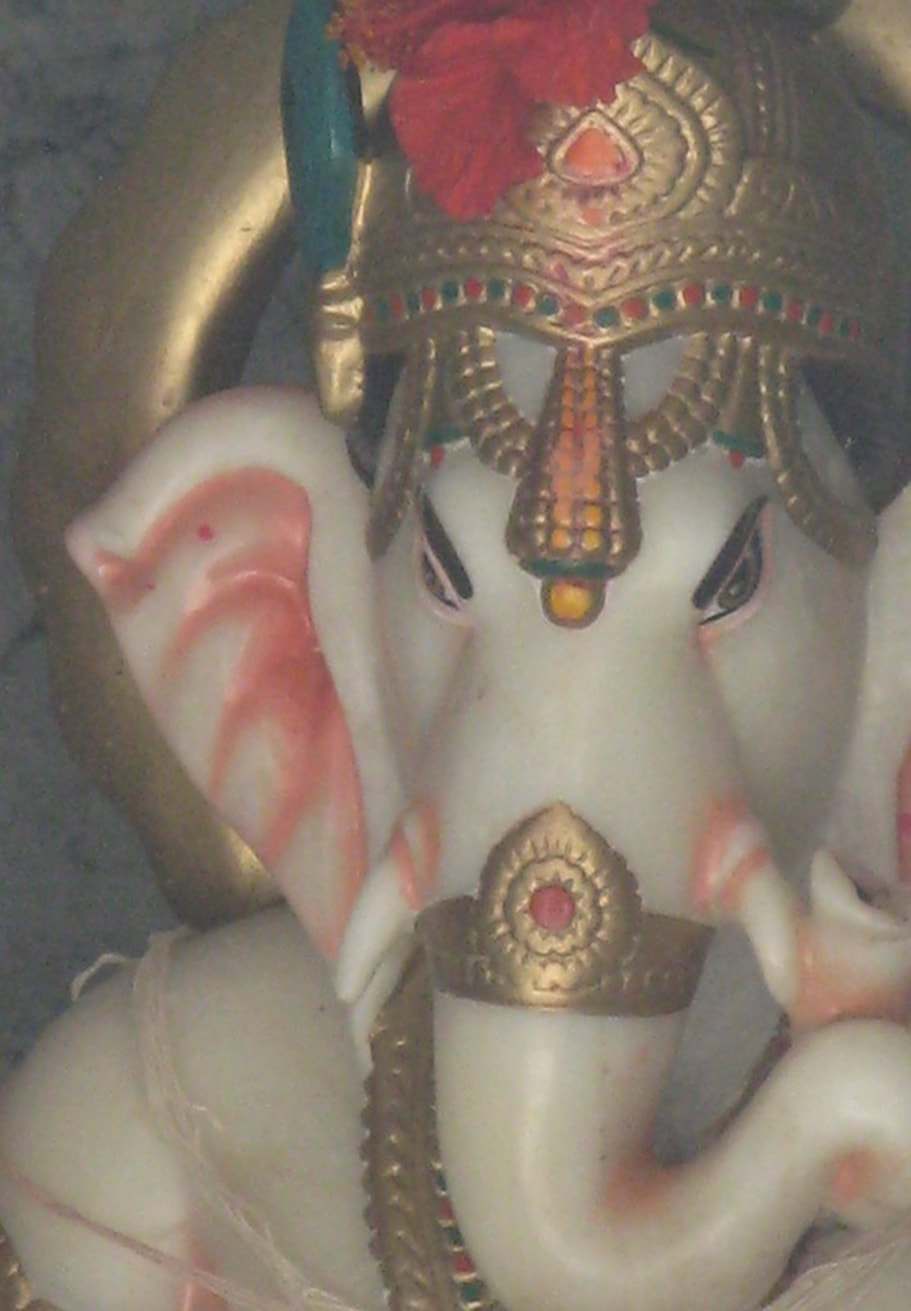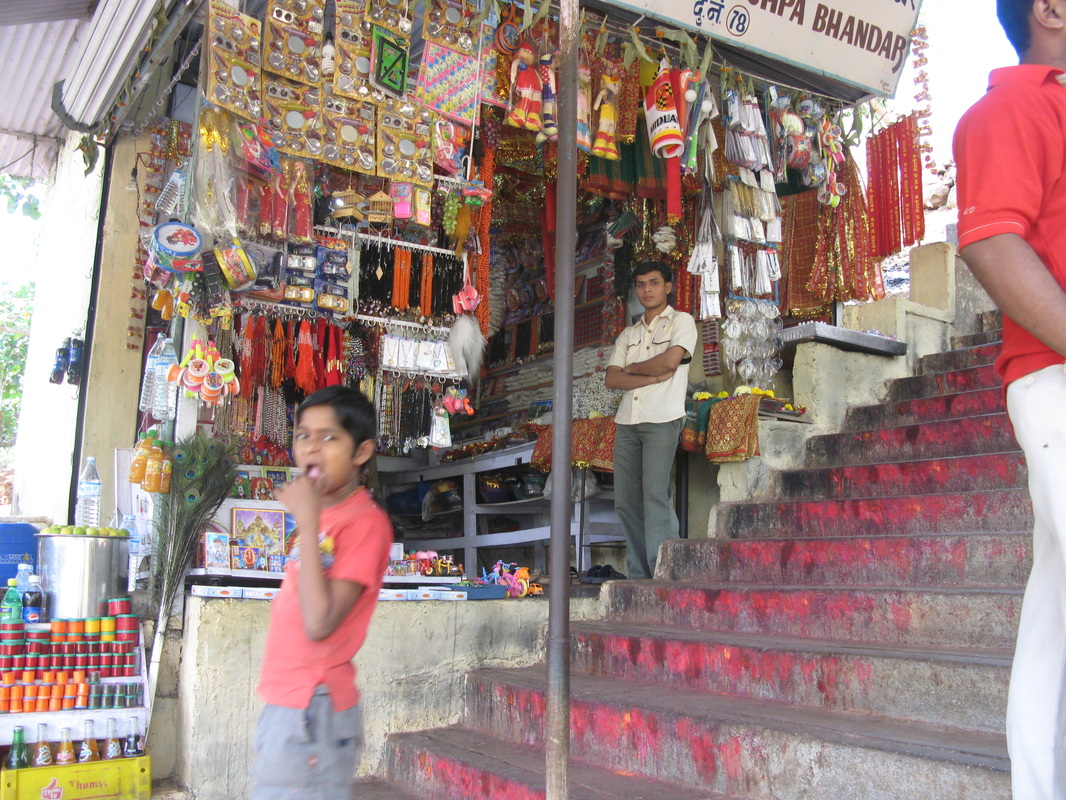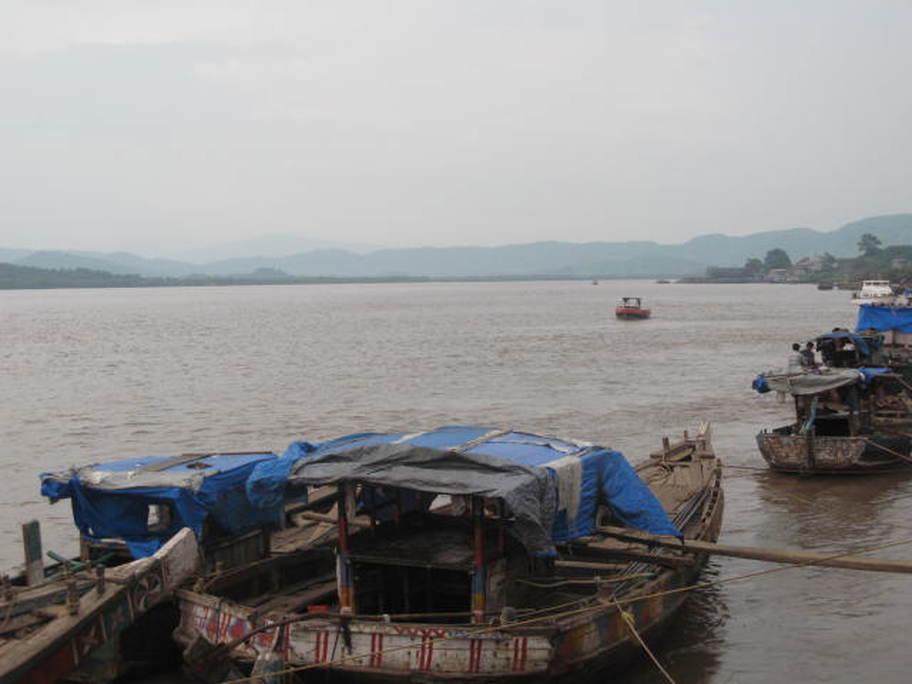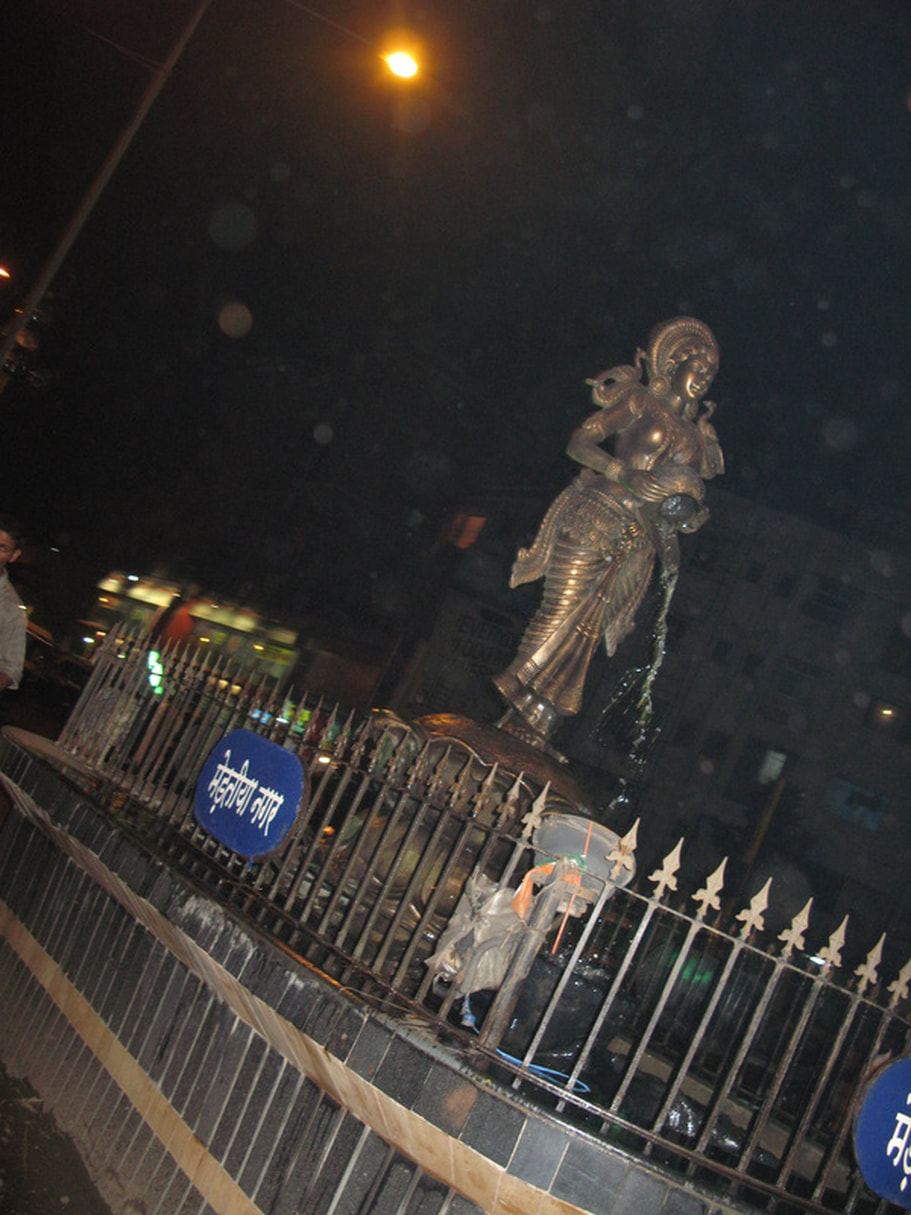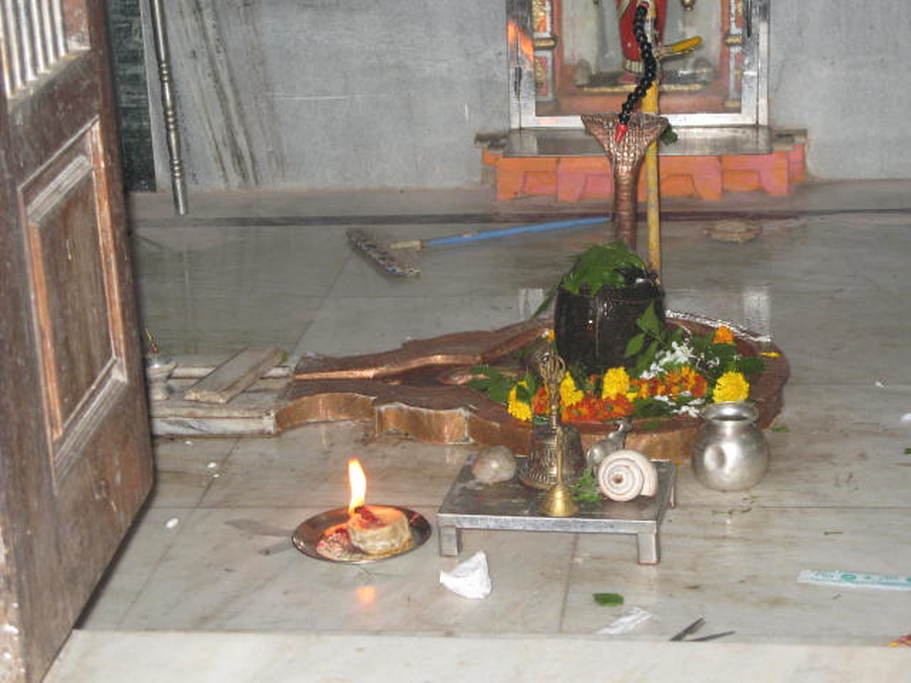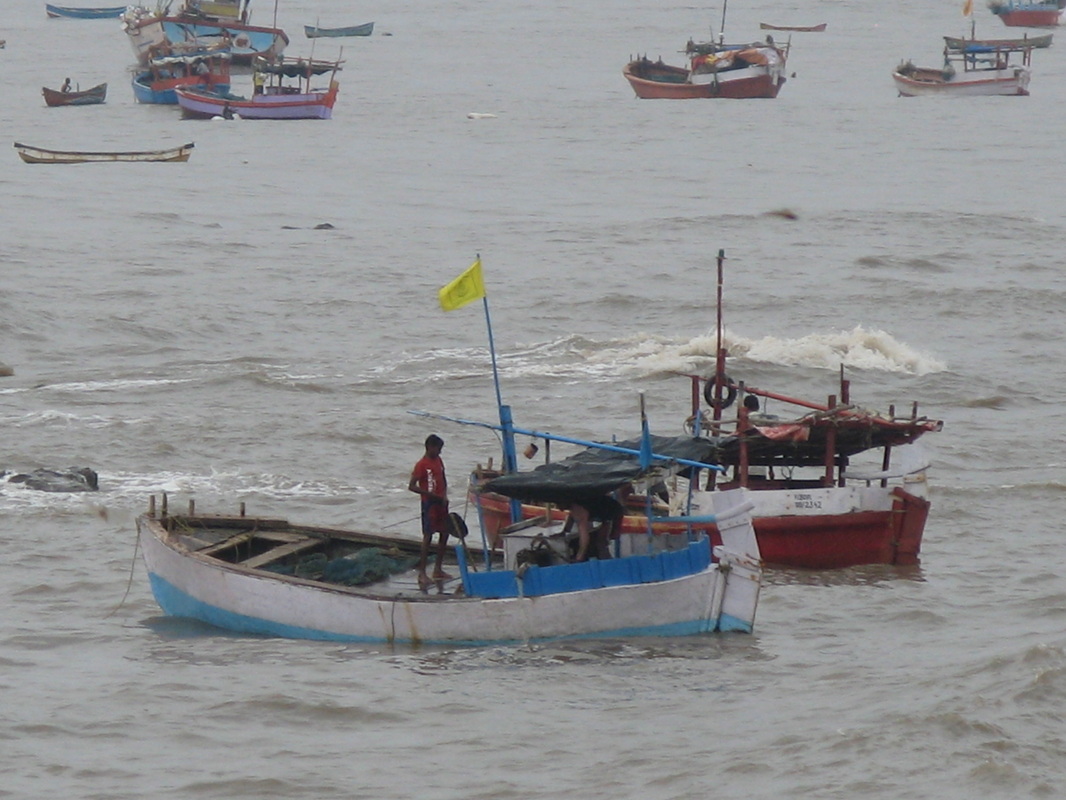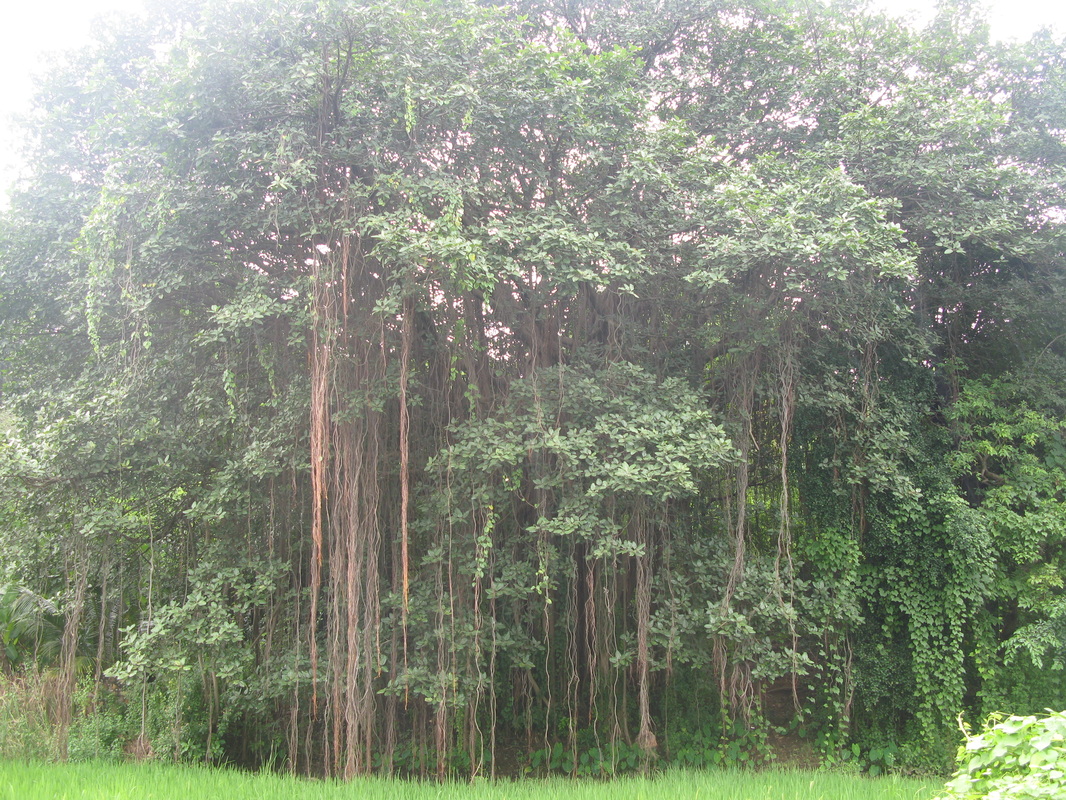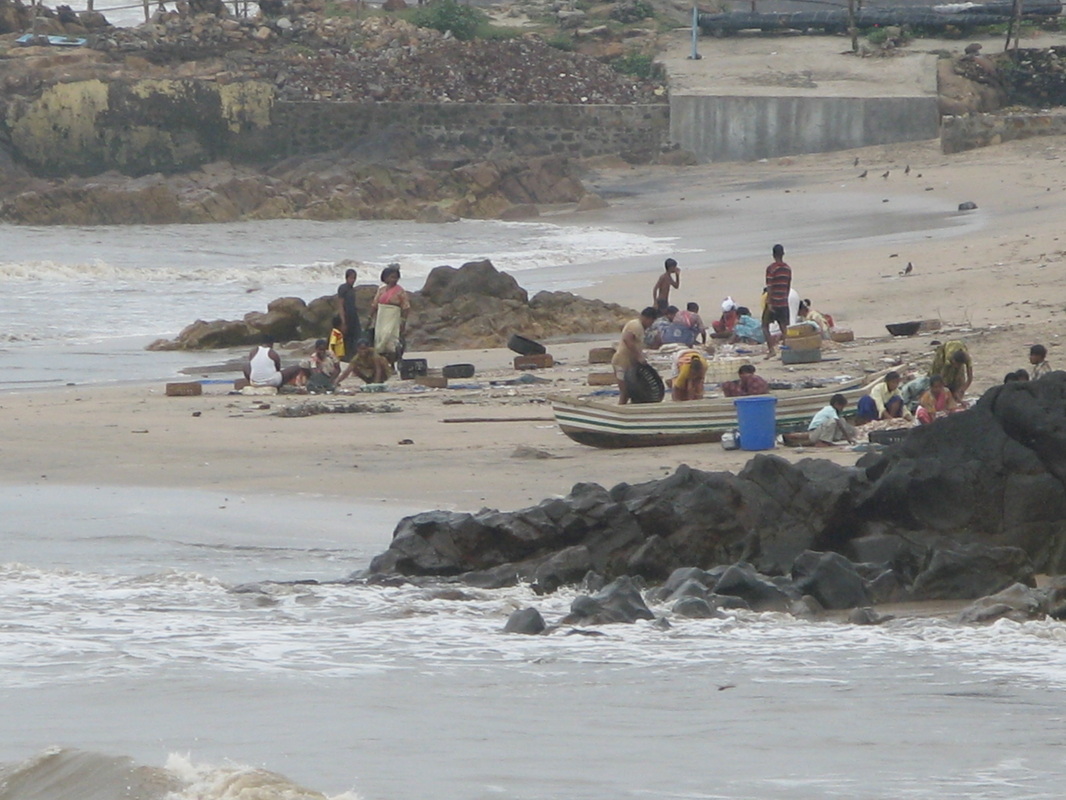What is a Yatra:
Yātrā (Sanskrit: यात्रा, 'journey', 'procession'), means pilgrimage to holy places such as confluences of sacred rivers. mountains, oceans and temples, places associated with sacred pilgrimage sites.
Energy spots, power spots (Shakti Peeth's) places of God's and Goddess's, Mandir's, Temples and Sacred sites where people have been praying and giving their devotion for thousands of years.
Yatra is considered a spiritual Yogic practice (Sadhana). It is a way of burning past karma's and awakening your own power. Yatra is a journey to your soul (atma) a journey of the heart.
Transformation through Yatra including all practices related all Yoga's, yes you can find bliss also, there will be plenty of laughter, fun and joyful colourful celebration.
Ayurvedic treatments for those who would be inclined and Indian Cinema for those inclined, it is all part of a wide Indian Cultural experience.
As Above, so Below!
Yātrā (Sanskrit: यात्रा, 'journey', 'procession'), means pilgrimage to holy places such as confluences of sacred rivers. mountains, oceans and temples, places associated with sacred pilgrimage sites.
Energy spots, power spots (Shakti Peeth's) places of God's and Goddess's, Mandir's, Temples and Sacred sites where people have been praying and giving their devotion for thousands of years.
Yatra is considered a spiritual Yogic practice (Sadhana). It is a way of burning past karma's and awakening your own power. Yatra is a journey to your soul (atma) a journey of the heart.
Transformation through Yatra including all practices related all Yoga's, yes you can find bliss also, there will be plenty of laughter, fun and joyful colourful celebration.
Ayurvedic treatments for those who would be inclined and Indian Cinema for those inclined, it is all part of a wide Indian Cultural experience.
As Above, so Below!
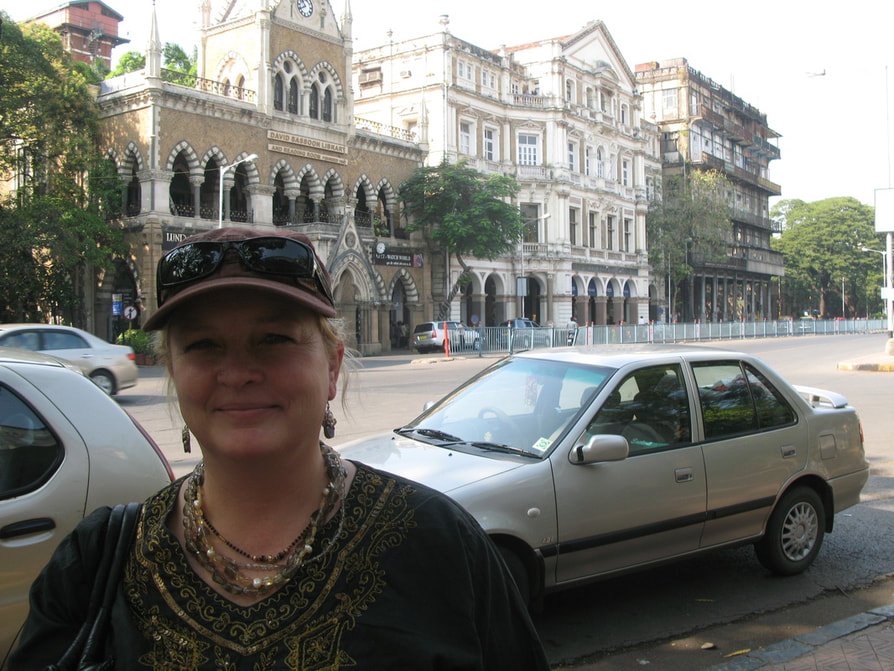
Kali Puja in Calcutta. Kali is the queen of W Bengal !!
Travels From England To India In The Year 1789
By Major John Taylor
Published by S.Low, London - 1799
Volume 1
Read book online:
https://bit.ly/36hMpvI
Download pdf book:
https://bit.ly/36l7Z2E
TAYLOR, JOHN (d. 1808), writer on India, entered the service of the East India Company in 1776 as a cadet in the Bombay army. He was promoted to the rank of lieutenant on 1 May 1780, became captain in December 1789, was appointed major on 20 March 1797, and on 6 March 1800 attained the rank of lieutenant-colonel. He married before 1789, and died at Poonah on 10 Oct. 1808.
Taylor was the author of:
1. ‘Considerations on the Practicability and Advantages of a more speedy Communication between Great Britain and her Possessions in India,’ London, 1795, 4to. This work, which was chiefly based on Colonel James Capper's ‘Observations on the Passage to India’ (1783), advocated an overland route for letters through Egypt.
2. ‘Observations on the Mode proposed by the New Arrangement for the Distribution of the Off-reckoning Fund of the several Presidencies in India,’ 1796, 4to.
3. ‘Travels from England to India by the way of the Tyrol, Venice, Scandaroon, Aleppo, and over the Great Desert to Bussora,’ London, 1799, 8vo.
4. ‘Letters on India,’ 1800, 4to; translated into French, Paris, 1801, 8vo. 5. ‘The India Guide,’ pt. i. vol. i. 1801, 8vo.
This writer must not be confused with John Taylor (d. 1821), member of the Asiatic Society of Bombay and of the Literary Society of Bombay, who was born in Edinburgh and obtained the degree of M.D. from the university in 1804. He entered the Bombay service, was appointed assistant-surgeon on 26 March 1809, and was promoted to the rank of surgeon in 1821. He was the author of several translations from the Sanscrit.
He died on 6 Dec. 1821 at Shiraz in Persia, leaving a son John, born in 1804, who became a member of the Royal College of Physicians in Edinburgh, and died in that city on 14 July 1856 (Notes and Queries, II. vi. 309, 464; Dodwell and Miles, List of Indian Medical Officers, p. 140).
Source: Wikisource
By Major John Taylor
Published by S.Low, London - 1799
Volume 1
Read book online:
https://bit.ly/36hMpvI
Download pdf book:
https://bit.ly/36l7Z2E
TAYLOR, JOHN (d. 1808), writer on India, entered the service of the East India Company in 1776 as a cadet in the Bombay army. He was promoted to the rank of lieutenant on 1 May 1780, became captain in December 1789, was appointed major on 20 March 1797, and on 6 March 1800 attained the rank of lieutenant-colonel. He married before 1789, and died at Poonah on 10 Oct. 1808.
Taylor was the author of:
1. ‘Considerations on the Practicability and Advantages of a more speedy Communication between Great Britain and her Possessions in India,’ London, 1795, 4to. This work, which was chiefly based on Colonel James Capper's ‘Observations on the Passage to India’ (1783), advocated an overland route for letters through Egypt.
2. ‘Observations on the Mode proposed by the New Arrangement for the Distribution of the Off-reckoning Fund of the several Presidencies in India,’ 1796, 4to.
3. ‘Travels from England to India by the way of the Tyrol, Venice, Scandaroon, Aleppo, and over the Great Desert to Bussora,’ London, 1799, 8vo.
4. ‘Letters on India,’ 1800, 4to; translated into French, Paris, 1801, 8vo. 5. ‘The India Guide,’ pt. i. vol. i. 1801, 8vo.
This writer must not be confused with John Taylor (d. 1821), member of the Asiatic Society of Bombay and of the Literary Society of Bombay, who was born in Edinburgh and obtained the degree of M.D. from the university in 1804. He entered the Bombay service, was appointed assistant-surgeon on 26 March 1809, and was promoted to the rank of surgeon in 1821. He was the author of several translations from the Sanscrit.
He died on 6 Dec. 1821 at Shiraz in Persia, leaving a son John, born in 1804, who became a member of the Royal College of Physicians in Edinburgh, and died in that city on 14 July 1856 (Notes and Queries, II. vi. 309, 464; Dodwell and Miles, List of Indian Medical Officers, p. 140).
Source: Wikisource
Life and Ttravel in India
Recollections of a journey before the days of Railroads
By Anna Harriette Leonowens (1834-1914)
Published by Porter and Coates , Philadelphia - 1884
Read book online:
https://bit.ly/36dBUtd
Download pdf book:
https://bit.ly/3dXO0te
Book Preface
In the following pages, gathered from voluminous notes of early travel, I have tried to give a faithful account of life in India, as well as of the sights and scenes visited by me, with my husband, before the days of railroad travel.
It is well known that the introduction of the railroad into India has in no sense affected the life of the people, and has only very slightly modified the general appearance of the country. India is still what it was in the Vedic period, a land of peasant classes ; she still invokes, as did the ancient Aryans in the Rig Veda, the “ Khetra-pati,” or the divinity of the soil, for blessings on the land. The Hindoo to-day lives, as did his forefathers, close to the heart of Nature, deifying the mountains, streams, woods, and lakes, while the sun, moon, stars, fire, water, earth, air, sky, and corn are his highest deities.
The most beautiful personification in the Ram ay an a of womanly grace and virtue is called Sita, “a furrow,” showing how deep was the national reverence paid to the plough ; and to this day at the Rathsaptimi, the day on which the new sun is supposed to mount his heavenly chariot, a feast is observed in honor of the sun, and the ryots on this occasion decorate with flowers and paint their ploughs, and worship them as the saviors of the land.
I do not, however, mean to say that India has made no progress whatever in all these years — her imaginative and glorious youth has no doubt been succeeded by the calm reason of mature age — but this transition has been gradual and progressive rather than fitful and sudden.
The transfer of India by the East India Company to the British Crown, and the recent laws for the protection of the ryot — or more properly the raiyat , a leaser of land held in perpetuity — against the oppressions of the zemindars, or governmental landlords, with the right of underletting the land, have to an extraordinary degree awakened the inborn desire of the Hindoo to become possessor of the soil and to return to his hereditary occupation of agriculture.
To these may be added the security which England has conferred upon India, now that she is no longer disturbed by frequent wars, which desolated the land, and every now and then forced the people to abandon their villages and fly to the jungles and mountains for safety, under the Afghans, Mohguls, Mahrattas, and other predatory chiefs.
Among the lasting benefits to India it may be mentioned that sutteeism, infanticide, self-immolation to the idols, Thuggism, and slavery have all been partially, if not quite, abolished by the strong arm of the law.
Railroads have been built, the country has been opened, schools established, civil service appointments thrown open to the natives and Europeans alike, good roads made, canals and huge reservoirs for water excavated, ancient water-courses reopened, giving an impetus to private enterprise and industry in every direction.
All these happy changes have been the result of the more liberal policy of England toward India since the days of the terrible mutiny of 1857 ; and it may fairly be hoped that British India has before her as glorious a future as her brilliant youth and maturity have foreshadowed for her.
Sunnyside, Halifax, Nova Scotia,
August 7, 1884.
Recollections of a journey before the days of Railroads
By Anna Harriette Leonowens (1834-1914)
Published by Porter and Coates , Philadelphia - 1884
Read book online:
https://bit.ly/36dBUtd
Download pdf book:
https://bit.ly/3dXO0te
Book Preface
In the following pages, gathered from voluminous notes of early travel, I have tried to give a faithful account of life in India, as well as of the sights and scenes visited by me, with my husband, before the days of railroad travel.
It is well known that the introduction of the railroad into India has in no sense affected the life of the people, and has only very slightly modified the general appearance of the country. India is still what it was in the Vedic period, a land of peasant classes ; she still invokes, as did the ancient Aryans in the Rig Veda, the “ Khetra-pati,” or the divinity of the soil, for blessings on the land. The Hindoo to-day lives, as did his forefathers, close to the heart of Nature, deifying the mountains, streams, woods, and lakes, while the sun, moon, stars, fire, water, earth, air, sky, and corn are his highest deities.
The most beautiful personification in the Ram ay an a of womanly grace and virtue is called Sita, “a furrow,” showing how deep was the national reverence paid to the plough ; and to this day at the Rathsaptimi, the day on which the new sun is supposed to mount his heavenly chariot, a feast is observed in honor of the sun, and the ryots on this occasion decorate with flowers and paint their ploughs, and worship them as the saviors of the land.
I do not, however, mean to say that India has made no progress whatever in all these years — her imaginative and glorious youth has no doubt been succeeded by the calm reason of mature age — but this transition has been gradual and progressive rather than fitful and sudden.
The transfer of India by the East India Company to the British Crown, and the recent laws for the protection of the ryot — or more properly the raiyat , a leaser of land held in perpetuity — against the oppressions of the zemindars, or governmental landlords, with the right of underletting the land, have to an extraordinary degree awakened the inborn desire of the Hindoo to become possessor of the soil and to return to his hereditary occupation of agriculture.
To these may be added the security which England has conferred upon India, now that she is no longer disturbed by frequent wars, which desolated the land, and every now and then forced the people to abandon their villages and fly to the jungles and mountains for safety, under the Afghans, Mohguls, Mahrattas, and other predatory chiefs.
Among the lasting benefits to India it may be mentioned that sutteeism, infanticide, self-immolation to the idols, Thuggism, and slavery have all been partially, if not quite, abolished by the strong arm of the law.
Railroads have been built, the country has been opened, schools established, civil service appointments thrown open to the natives and Europeans alike, good roads made, canals and huge reservoirs for water excavated, ancient water-courses reopened, giving an impetus to private enterprise and industry in every direction.
All these happy changes have been the result of the more liberal policy of England toward India since the days of the terrible mutiny of 1857 ; and it may fairly be hoped that British India has before her as glorious a future as her brilliant youth and maturity have foreshadowed for her.
Sunnyside, Halifax, Nova Scotia,
August 7, 1884.
